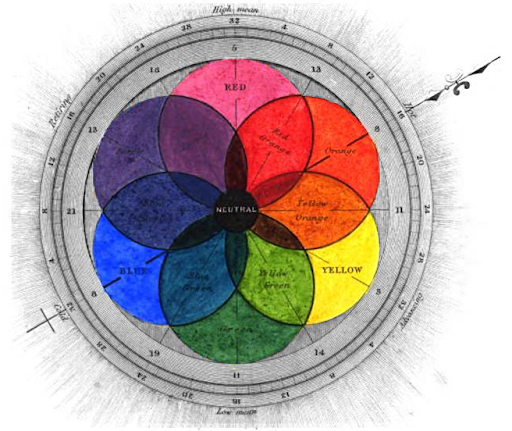The Power of UX Design: Creating Seamless Digital Experiences
UI/UX
web design
Posted by admin on 2024-05-04 14:46:02 |
Share: Facebook |
Twitter |
Whatsapp |
Linkedin Visits: 4061

In today's digital age, users interact with a multitude of websites and applications daily. The success of these digital products hinges on one crucial factor: User Experience (UX) design. This guide dives deep into the power of UX design, exploring its importance, core principles, and how it can be implemented to craft seamless digital experiences.
The Importance of UX Design in Digital Products
Think of UX design as the bridge between a user and a digital product. It encompasses all aspects of a user's interaction with a website, app, or software, including usability, information architecture, interaction design, and visual design. A well-crafted UX design ensures users can navigate the product intuitively, find the information they need effortlessly, and complete tasks seamlessly.
Here's why UX design holds immense power in the digital realm:
- Increased User Engagement: A positive UX design keeps users engaged and coming back for more. When users can easily achieve their goals within a product, they're more likely to spend more time interacting with it and exploring its features.
- Improved Conversion Rates: Effective UX design guides users towards desired actions, whether it's making a purchase, subscribing to a service, or signing up for a free trial. This translates to higher conversion rates and ultimately, greater success for your digital product.
- Enhanced Brand Reputation: A pleasant user experience fosters positive brand perception. Users who enjoy interacting with your product are more likely to recommend it to others and leave positive reviews, strengthening your brand reputation.
- Reduced Development Costs: Investing in UX design early in the development process can help identify and address potential usability issues before they become expensive problems to fix later.
- Increased Customer Satisfaction: At its core, UX design is about user satisfaction. By prioritizing user needs and creating a smooth and intuitive experience, you create happy customers who are more likely to become loyal brand advocates.
Key Principles of Effective UX Design
Effective UX design follows these core principles:
- User-Centered Design: This approach places the user at the heart of the design process. It involves conducting user research, understanding user needs and pain points, and designing the product to best serve them.
- Usability: A product should be easy and intuitive to use. Users shouldn't have to struggle to find information or complete tasks. Clear navigation, consistent design patterns, and user-friendly interfaces are key to usability.
- Information Architecture: The organization and labeling of information within a product should be clear and logical. Users should be able to find the information they need readily without getting lost in a maze of menus and subpages.
- Interaction Design: This principle focuses on how users interact with the product. This includes elements like button placements, form interactions, and user flows. Effective interaction design ensures a smooth and intuitive experience with minimal hiccups.
- Visual Design: While visual aesthetics are important, they should always serve a functional purpose. A well-designed interface uses visual elements like color, typography, and layout to guide users and enhance overall usability.
Case Studies: Showcasing Exceptional UX Design
Let's explore some real-world examples of websites and apps that excel in UX design:
- Airbnb: Airbnb boasts a user-friendly interface that allows users to search for and book accommodations seamlessly. The platform uses clear filters, intuitive search functionality, and high-quality photos, making the entire experience enjoyable and efficient.
- Apple Products: Apple is renowned for its user-centric design philosophy. Their iPhones, iPads, and Mac computers are known for their intuitive interfaces, minimalist design, and seamless integration between devices, creating a cohesive and positive user experience.
- Duolingo: This language learning app utilizes gamification elements, engaging visuals, and a bite-sized lesson structure to make learning fun and engaging. The app's user interface is clear and encourages users to progress through language lessons in a structured, yet enjoyable manner.
Tips for Improving UX Design in Your Projects
Here are some actionable tips to elevate the UX design of your digital products:
- Conduct User Research: Understanding your target audience through surveys, user interviews, and usability testing is vital.
- Prioritize User Needs: Design decisions should be driven by user needs and pain points identified through research.
- Simplify Your Interface: Strive for a clean and uncluttered interface. Users shouldn't be overwhelmed by visual clutter or complex navigation menus.
- Ensure Mobile Responsiveness: In today's mobile-first world, your product must adapt seamlessly across different screen sizes.
- Focus on Clear Communication: Use concise language, clear visual cues, and informative error messages to ensure users understand what's happening on the screen.
